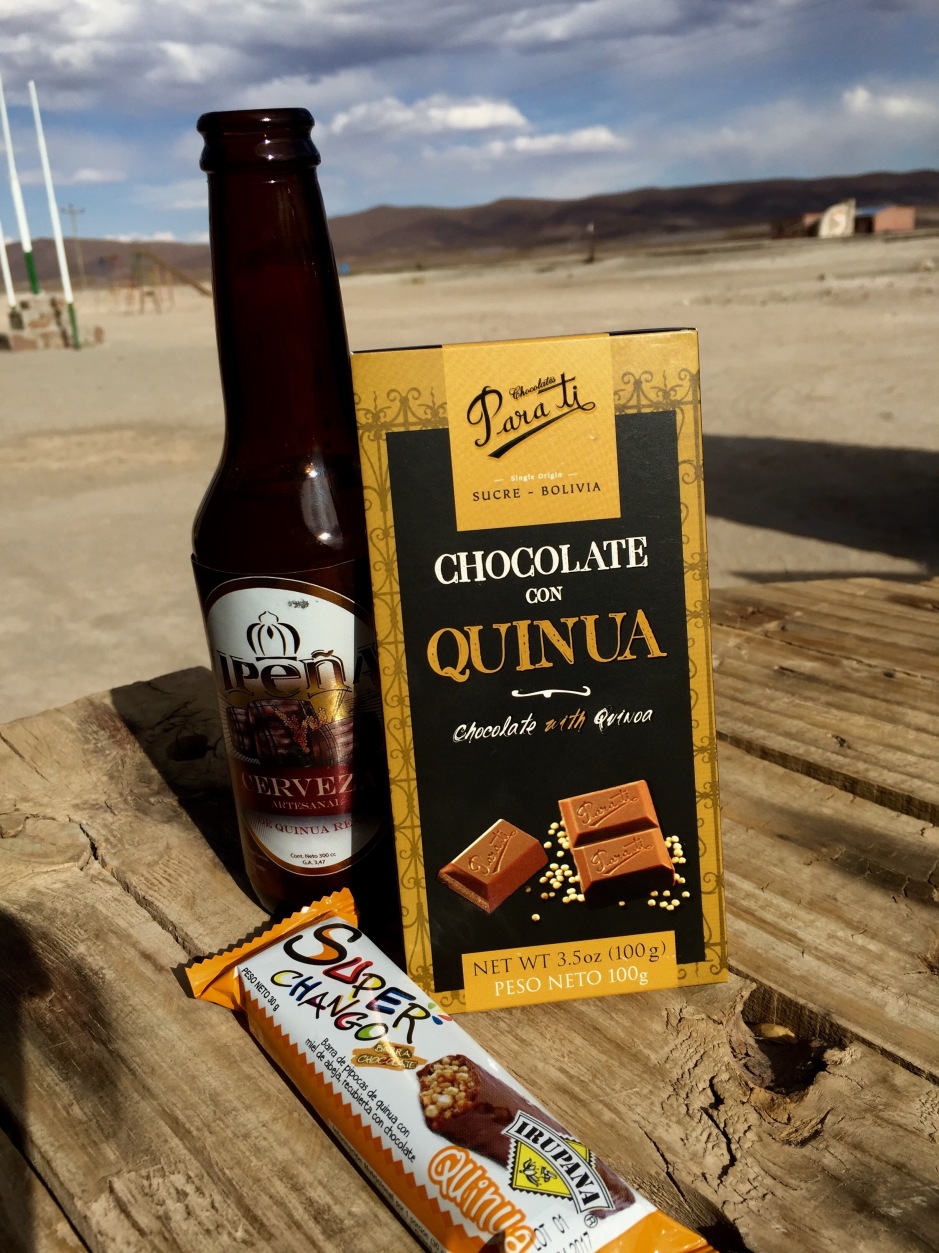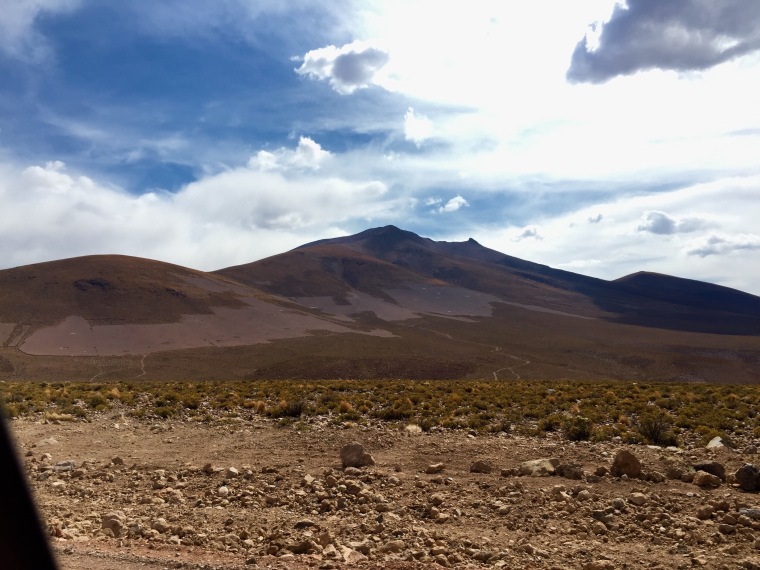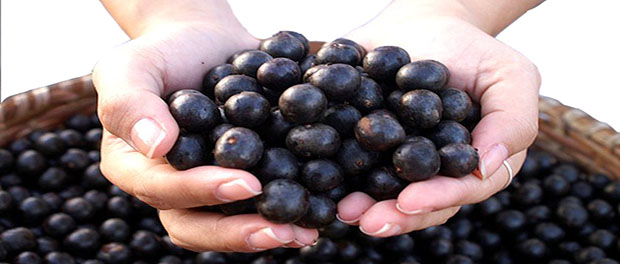Did you know it is used to produce beer? Comes in five different colours? Grows in inhospitable conditions?
Until today, I knew quinoa as a black and white gluten free carbohydrate digested as a protein and available in most supermarkets. A recent trip to Bolivia taught me a little more about the food I love and consume so much in the U.K!
Where does it come from?
Does it grow on a tree? Under the ground? Nope. It actually grows much like wheat. The quinoa plant is a small green shrub which can reach a metre or so. The “flower”, quinoa granules, are collected and then sent for purification.
Where does it grow?
The quinoa plant is a tough one. It only requires water when quinoa seeds are sowed and it grows in the desert. I’ve just passed through the Bolivian desert in between San Atacama in Chile and Uyuni in Bolivia. Quinoa production is popular here. Since this area falls on a tectonic plate border, the land is fertile from the volcanic minerals which the quinoa crop benefits from. On my journey through the desert, I saw quinoa plants growing in lines and surrounded in make shift fences marked with plastic bags to deter hungry llamas (see above). Looking further afield, you can see the mountains seem to be divided in colour. This is simply due to quinoa farming and separation of crop on the mountain side.
Types and uses
Bolivia produces five different coloured quinoas and each has a different use locally.
1. Quinoa amarilla (yellow): the most common type which is used much like rice in Bolivia.
2. Quinoa blanca (white): mostly eaten like cereal with rice unlike our western savoury uses
3. Quinoa rosada (pink/red): grinded up to produce a flour
4. Quinoa negra: sometimes eaten but mainly used to produce a gluten free beer
5. Quinoa verde: a bitter quinoa only used to make beer for example the brand Lipena (actually quite tasty).
Popped quinoa is another use. It’s popular and cheap in Bolivia. You will find it in cereal bars, upmarket chocolate and packeted on its own.
It’s a pretty impressive plant. However Bolivians aren’t too keen on it! They would prefer to exchange it for pasta or noodles. Each to their own.







